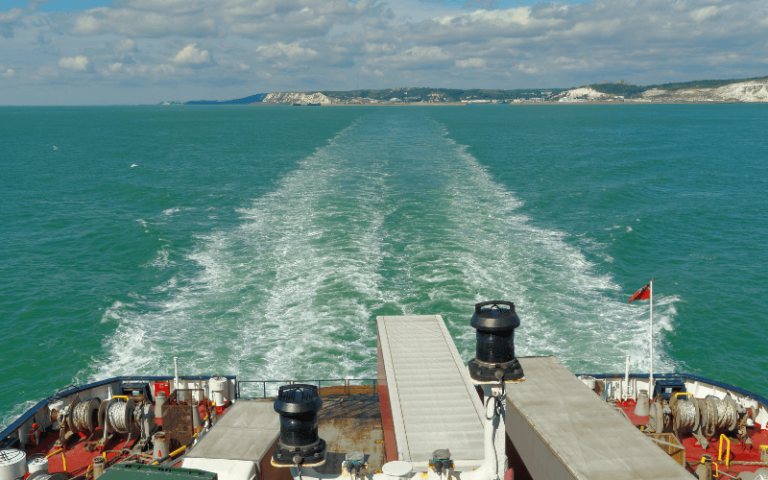What are Foul Anchors?
Foul anchors are those where the chain (or the rope for ancient ships) becomes entangled about the entire structure, or the anchor gets enmeshed by some obstruction underneath the sea level.

Foul anchors are those where the chain (or the rope for ancient ships) becomes entangled about the entire structure, or the anchor gets enmeshed by some obstruction underneath the sea level.

The Strait of Dover is the busiest shipping route in the world. A narrow strait spanning a width of only about 20 miles, it is one of the significant maritime routes in the world.

Thrust can be defined as the propulsive force that drives the vessel through the water against the resistive forces, mostly hydrodynamic. Find out more in the article inside.

Do you know what the stopping distance of a ship at sea is? Let’s find out about it and its importance in the article inside.

Hull speed can alternatively be described as the maximum speed at which the vessel continues to accelerate or surge without facing significant losses or expenses in power.

A sextant is a marine navigation instrument which is used to measure the angle between two objects. Sextant is still used on many ships around the world.

For a vessel, the turning circle measures its turning ability as the extent of the smallest circle made by applying a constant turning moment. In simpler words, it determines the ease or rapidness with which a floating vessel can swerve or veer past any obstacle.

Mooring means fastening a vessel to any shore or land-based structure with the help of suitable mechanisms, so the vessel is not subjected to free motion. This land-based structure may include berths, jetties, piers, wharves, quays, etc. Read this article to know about mooring ships.

There are mainly three modes of transportation: airways, waterways and land routes. Now, regarding water transport, there can be various classifications other than the types of vessels or watercraft. Let us look at a few.
"*" indicates required fields